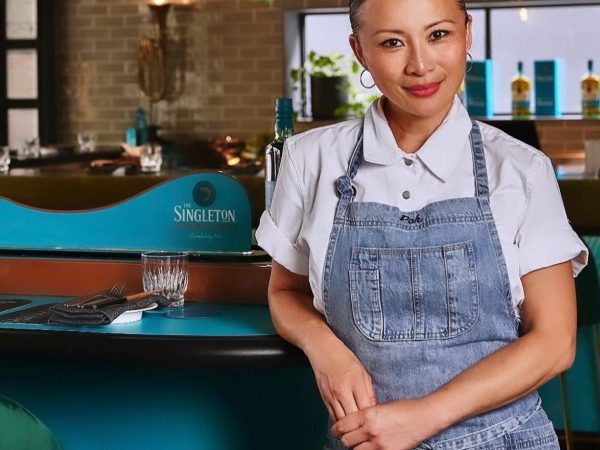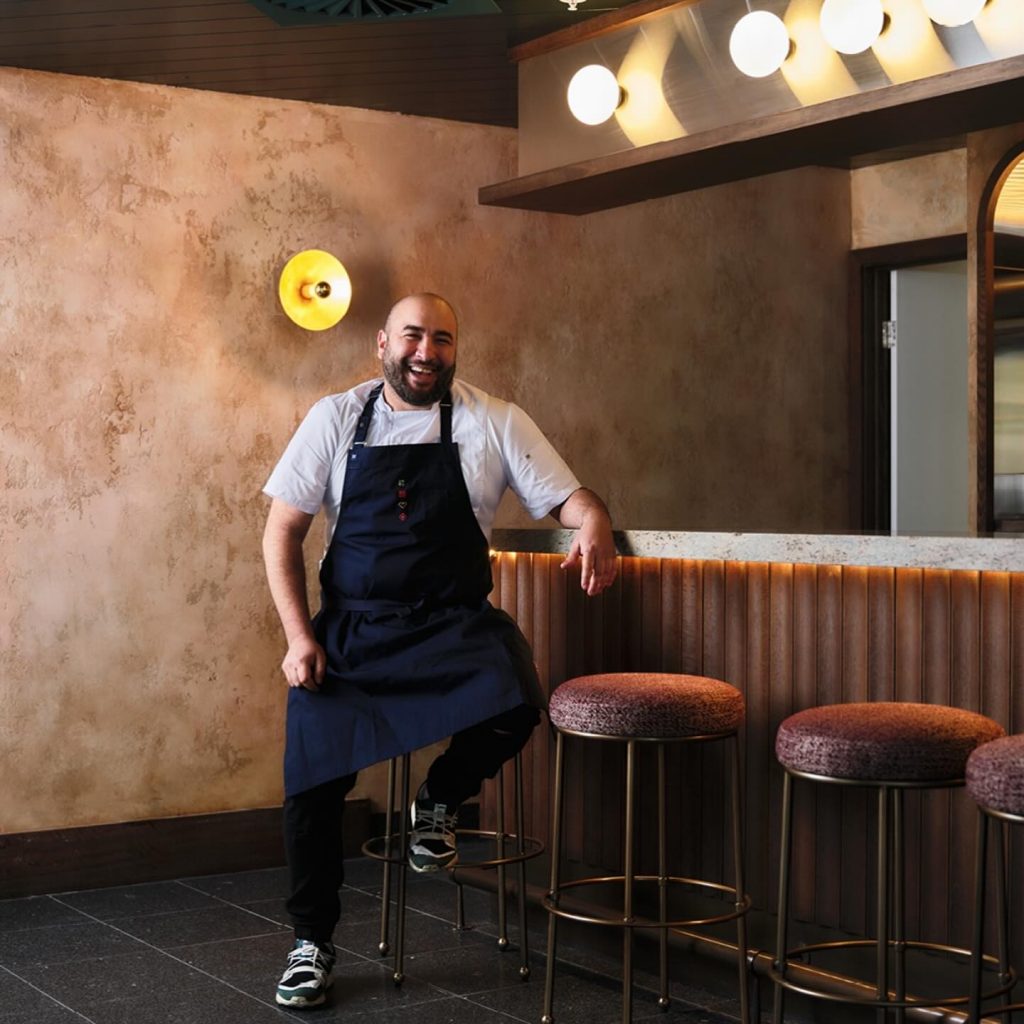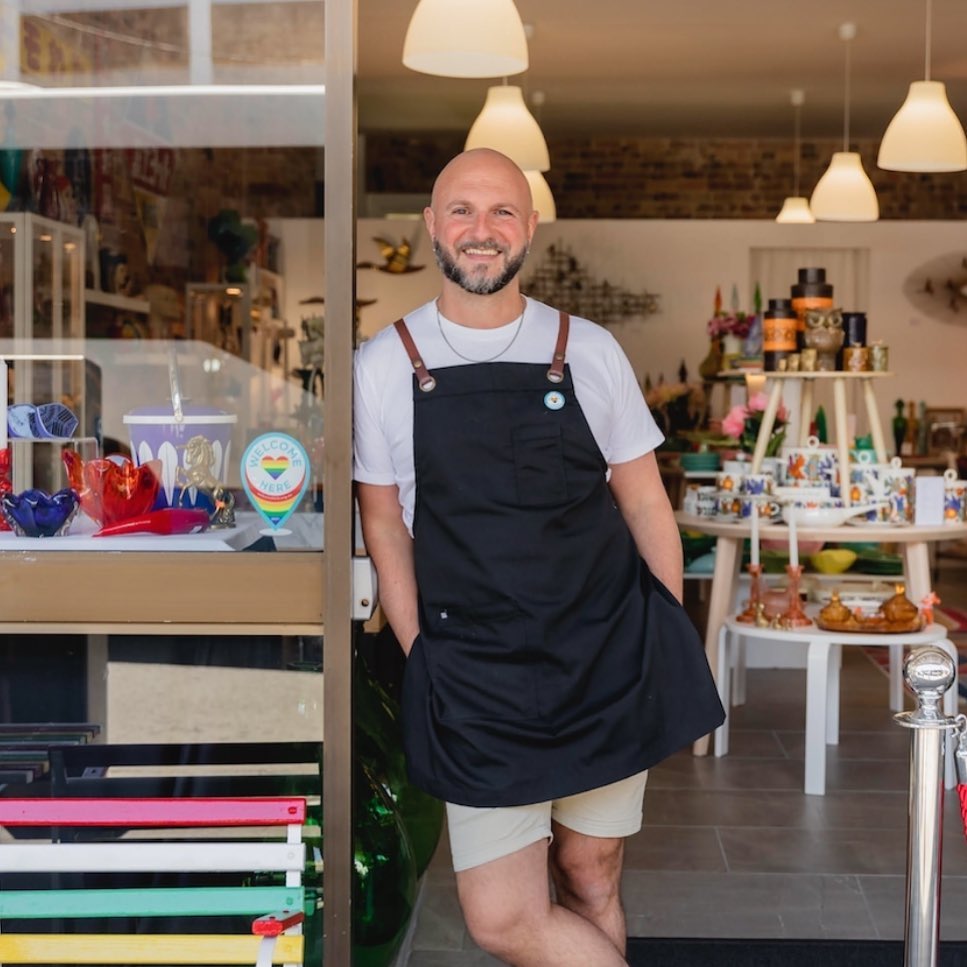21
Oct

The bubbling hospitality industry has always set high standards for customer service and satisfaction since it has a direct impact on its success. One of the key elements that contribute to this is having a well-designed and appropriate uniform for employees.

While some may argue that they’re superficial and do not affect the quality of service, the truth is that they play a crucial role in creating a positive and professional image for the business. There’s more to well-designed hospitality attire than just a standard dress code, especially in this fast-paced and competitive industry.
In the hospitality industry, first impressions are everything. The uniform worn by the staff is often the first thing customers notice when entering a hotel, restaurant or other hospitality establishment. A well-designed and maintained uniform can create a positive impression of professionalism and competence, making customers feel confident in the quality of service provided.
Nowadays, hospitality attire can act as a form of branding for the business. Incorporating brand colours and logos into the uniform design helps to establish a strong visual identity and improves brand recognition. Consistently wearing branded uniforms also creates a sense of unity among employees, further promoting a positive image for the business.
Having employees wear the same hospitality uniforms can also help to promote a sense of unity and teamwork within the workplace. When everyone is dressed alike, there is a feeling of equality among team members, regardless of job titles or roles. This can lead to improved communication and collaboration amongst staff, ultimately resulting in better customer service.
When you’re in a new environment, it’s natural to look for someone who can provide assistance or guidance. In the hospitality industry, employees wearing professional and identifiable uniforms are easily recognizable as staff members. This helps customers feel more at ease and builds their trust in the business. Additionally, comfortable hospitality workwear can also contribute to customer satisfaction by making employees more approachable and friendly.

While they have many benefits, it’s important to consider certain factors when designing them. This allows you to create uniforms that not only look good but also serve their purpose effectively.
Even if a uniform looks great, it won’t be effective if it’s uncomfortable or hinders an employee’s ability to do their job. When designing hospitality uniforms, it’s important to consider the nature of the work and choose materials and designs that will allow for ease of movement and comfort throughout a shift.
Consider how well the design fits with the overall image and brand of your business. When executed correctly, your workwear can serve as a form of branding and marketing for your business. It’s important to choose colours, logos and designs that are visually appealing and representative of your brand.
Hospitality staff work in a fast-paced and often messy environment, so it’s essential to choose materials that are durable and easy to maintain. This not only ensures the longevity of the uniform but also saves time and money on replacement costs. Look for options like stain-resistant or wrinkle-free fabrics to make upkeep easier.
Despite the traditional image of a uniform, there are actually various types of workwear that can be used in the hospitality industry. For front-of-house staff, options like traditional vests, aprons or tailored blouses and trousers can give off a professional and polished look. For back-of-house employees, functional and comfortable options like chef coats or non-slip shoes may be more practical.
Even if a business chooses to have a standard uniform for all employees, it’s important to consider different job roles and their specific needs. For example, a bartender may need more freedom of movement compared to a hostess who spends most of her time standing and greeting guests.
In terms of management or administrative staff, their uniforms may not necessarily be as visually distinct but should still maintain the same level of professionalism and comfort. This could include options like tailored blazers or dress shirts and skirts.
As far as maintenance staff, their workwear may need to prioritize practicality and functionality over appearance. Options like coveralls or protective gear may need to be considered to keep employees safe while performing their duties.
Either way, having a properly fitting and appropriate uniform for each role not only creates a cohesive and professional appearance but also ensures that employees can perform their job duties comfortably.
Keep in mind any industry guidelines or regulations when selecting uniforms, such as those related to food safety or hygiene. This can also extend to the materials used in the uniforms, as certain fabrics may be more suitable for those working with food or in high-heat environments.
Even within a standard uniform, there may be room for individual touches or personalization. This could include name tags or embroidered logos, allowing employees to still have their unique style while maintaining a cohesive look.